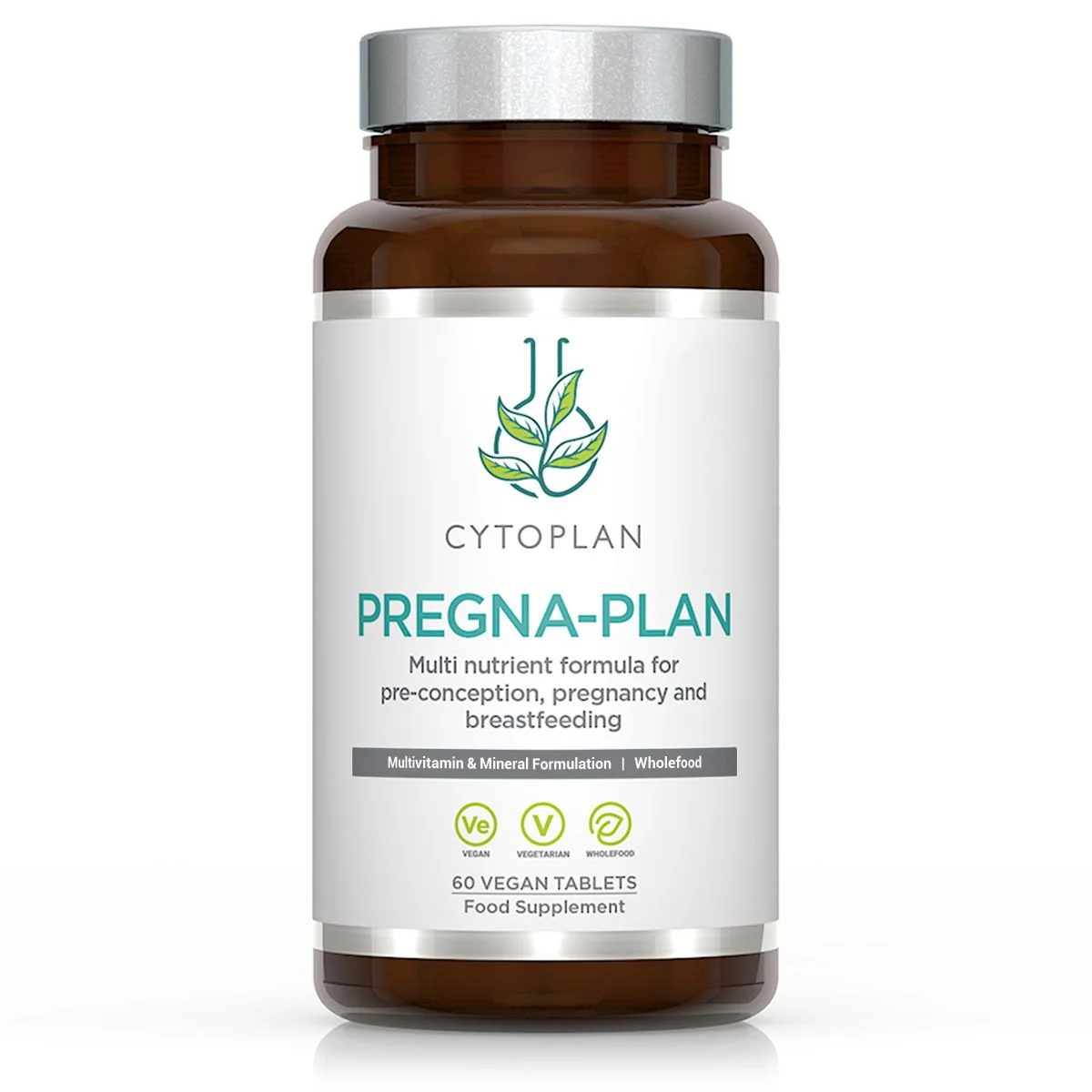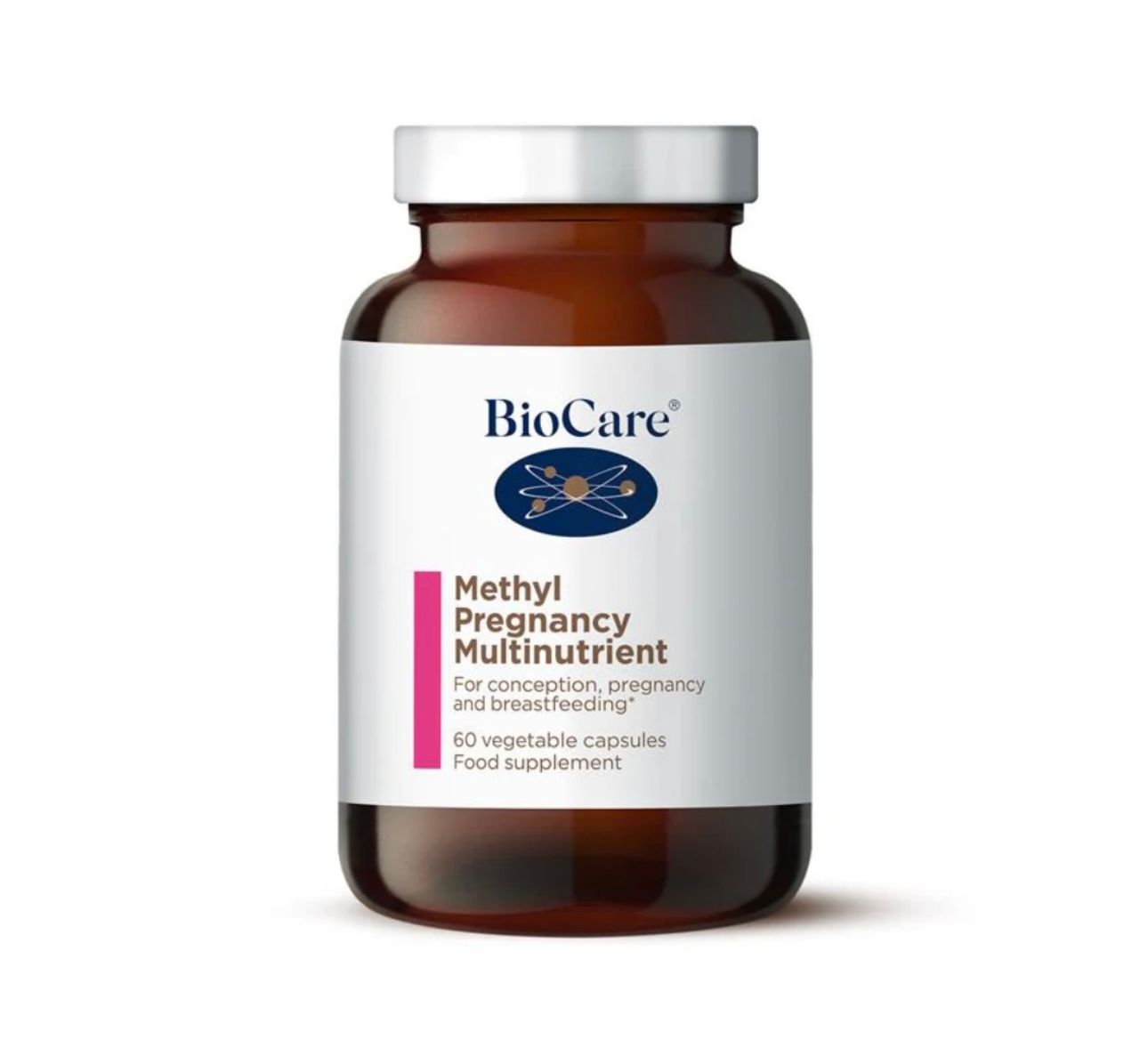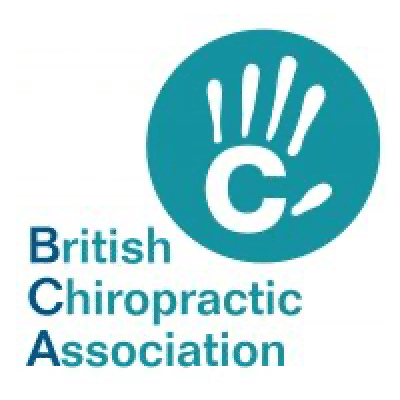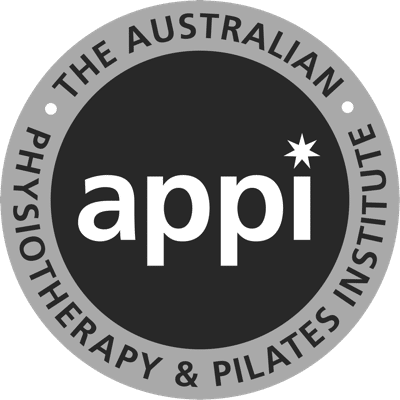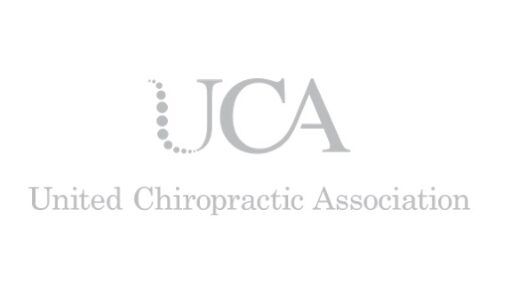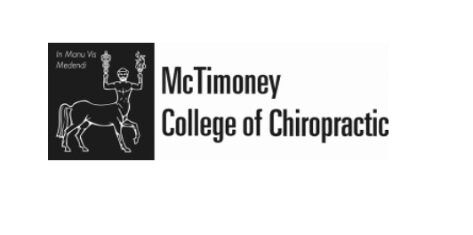Nadene’s Postnatal Insights
This blog is my third and final part of a series relating to my experience of pregnancy, childbirth and the postpartum phase. The information I’m sharing could be very different to conventional things you may have already heard. I feel privileged to have an insight into a different world due to the fact I am a Chiropractor. Chiropractors stereotypically have a more alternative and natural belief system. Please remember this is just a detailed account of what I did and what worked for us. It should not be used as medical advice. There is a mixture of topics in this article relating to things that I did that were essential for my own recovery, and others based around things I did for my baby. I hope you find something useful in here that helps you in those first few weeks/months.
Placenta encapsulation
Whilst I was pregnant, I heard accounts of women that had their placenta turned into supplements to take postnatally. Without even having to do much research (but I did anyway) it seemed like a very logical thing to do. In the wild, mammals would always eat their placenta to hide the evidence of their newborn from a predator. As well as this protection, I am sure there is an instinct in knowing that the nutrition from the placenta is good for them. Now I wasn’t brave enough to cook it or blitz it in a smoothie, but I knew taking a supplement would be easy enough.
Ingesting your placenta can benefit postpartum mood, energy levels through iron and help boost milk supply. I most definitely felt these benefits. I felt amazing after birth! No dip in energy at all. My baby blue day was filled with tears of happiness and joy. I had quite the opposite issue to a lack of milk supply, as my fast let down caused a slight issue in feeding, which I’ll discuss more later.
There are two options to have your placenta encapsulated, dried or steamed. I did originally ask for dried as it goes further in making more capsules and you are still able to take them when you have mastitis. Having mastitis was something I was half expecting knowing how common it is. Mastitis is when one of your milk ducts becomes blocked and it can make you feel quite unwell with a fever. It is more common to occur in the first six weeks whilst your milk supply is becoming established. It’s why it’s also recommended to not pump any additional milk during this time to avoid creating an oversupply and therefore a blockage. The reason why you can still have the dried capsules with mastitis is because there is no heat to them, so it won’t fuel the fever.
Unfortunately, I was not able to have this type of encapsulating in the end due to the fact we had meconium during labour. This was due to it needing to be sterilised and the only way to do this is by steaming it. I was still able to receive 99 capsules from it, but did need to pause taking them every time I got mastitis.
It was such an easy process to organise. I used a lady called Sarah Boyd who is based in Oxford, but she covers the whole Gloucestershire area. She sends all the packaging before your due date so you can keep the ice blocks in the freezer ready. You can use this service for any type of birth – home, hospital, C section. It’s not limited. The procedure is to text her when I went into labour so she has prior warning and then let her know once my baby had been born. There was a slight panic when she was on her way and my placenta still hadn’t come out with the four plus hour delay. Once it was collected, I had the capsules posted back in a few days. I really would highly recommend! I will be doing it again with baby number 2.
Mummy MOT
When I was 6 weeks postpartum, I booked in with my lovely friend and colleague Louise Rahmanou for my Mummy MOT check up. This is an essential part of a mother’s postpartum check-up and is mandatory in some other European countries. Not to be compared to the 8 week GP appointment. The GP appointment is where you are asked a few brief questions, but with more emphasis placed on if you want any contraception and what might happen if you don’t take any. Having just had a baby, I think I’m fully aware of how the birds and the bees work.
The Mummy MOT is a one hour consultation and assessment covering lots of aspects of your pregnancy and birth with any difficulties you might be having. Louise assesses the pelvic floor, abdominal separation, any scars you may have whether from tearing, an episiotomy or from a C section. So don’t think the assessment is limited to any one type of birth. She can also provide further treatment and advice for any problems you may be having, whilst giving you the sign off to return to exercise. An absolute must for all new mothers!
Exercise
I feel very passionate about this being an essential part to every women’s postnatal recovery! The midwives should be emphasising the importance during the postnatal checks in my opinion. I believe that a maternity leave is as much for the mother, as it is for the baby. Even an uncomplicated birth with no intervention requires rehab and I often compare it to surgery either way. It usually takes 1 year to completely recover from any MSK based surgery and rehab performed for this duration sees the best outcomes. It takes 12-18 months for a mum to physically, chemically and hormonally recover from childbirth and the advice from me is the same.
Exercise is an essential part of recovery and what you put in, you will get out in results and well-being. The importance of it is to strengthen your pelvic floor, improve your diastasis recti with regaining core strength again post pregnancy, preventing back pain and other aches, reduce muscle wasting and osteoporosis as loss of bone density occurs in the postnatal year and amplified with breastfeeding. There are other benefits outside of the physical ones, such as endorphins that help a mother’s mental health. I know it was crucial for me in keeping my sanity. My mindset around exercise has always been that it is not a luxury, but a necessity. As essential as brushing my teeth or putting clean clothes on. This has always helped me prioritise it, and even more so in my postpartum journey. I would be lying if I didn’t admit that this mindset is based on my profession and experience of seeing 1000s of women suffer with some postnatal related aches and pains. Having such a physical job, needing to return to work at 4 months postpartum and being self-employed meant that I didn’t have any capacity for such pain and I knew the only person that had any control over this, was me.
I started Pilates and Hypopressives at 4 weeks postpartum with Hayley from She Can Studios. This worked well for me as I arranged 1-2-1s where I could bring my baby along and it was a relaxed environment if he needed feeding or soothing. Hypopressives can benefit postpartum women by strengthening their pelvic floor muscles, which helps reduce incontinence and prolapse risks. It also enhances core stability and posture, supporting overall recovery and well-being after childbirth.
This allowed me to gain a foundation of core strength and protection to then return to F45 classes again, which I started at 6 weeks postpartum. Initially I went twice a week with strength classes only and built up to four times a week to include cardio over the course of 8 months. The key part was not to put too much pressure on my pelvic floor before it was ready, which it why it took me 8 months to get back to a cardio class and running. My only regret with exercise is that I didn’t start sooner. I became so deconditioned so very quickly after the birth, even though I weight trained up until the day I went into labour. My legs would feel so weak and wobbly just climbing up the stairs. I think I should have started some gentle Pilates after a week, which I will implement after the next baby.
Breast feeding
My plan was to exclusively breast feed for 1 year. I’m glad I had such a set determined goal, as it was this that gave me the deep grit to get through every complication that came my way. I knew from patients that breast feeding wasn’t an easy journey. I was all prepared and clued up to look for latching problems, reflux and have mastitis. What I wasn’t prepared for was to have literally every complication that could possibly happen.
The challenges we faced included no latching for 24 hours, tongue tie, fast let down, silent reflux, dairy intolerance, mastitis, cracked nipples, choking, breast refusal, breast aversion and supply issues…. I believe I’ve named them all! Surely there couldn’t have been anything else going wrong?! There was a point when we were going through our third phase of boob refusal when I really appreciated how tough it all was and I understood why so many women give up. Unfortunately, I was adamant we weren’t using formula though and it was this grit that helped me nearly reach the 1 year mark. I was two weeks off his first birthday when I finally gave up, after having to pump every feed for the last six weeks as he flat out refused to latch. The stress! Since that day he has never had a bottle of milk, formula or alternative milk.
During our breast feeding journey I had two private lactation consultants come to the house to help. The first was more a tongue tie specialist and released his tongue tie at 10 days old. Unfortunately, this is when the silent reflux seemed to start, as I believe he couldn’t use his tongue properly with the new found movement. The second was Anna Wilson an IBCLC midwife and tongue tie specialist, who was amazing and I wish I had seen originally. She spent nearly 2 hours with me checking my son’s tongue tie hadn’t reattached due to the persistent symptoms and problems, teaching me exercises to strengthen his newly freed tongue, reassuring me that I wasn’t dreaming up the symptoms, gave tips on nursing positions and more! I would highly recommend that this is your first port of call if you have any issues with breast feeding.
A slight side note about the information I have since learnt about tongue ties in babies, as I have since enrolled on a paeds Chiro course specific to them and functional medicine courses. I knew how common the issue seemed to be from hearing of the countless stories in clinic of my patients that faced problems with their babies. There is a school of thought to believe it may be linked with folic acid that mothers-to-be are encouraged to take. I have since discovered that folic acid is a synthetic version of a vitamin that is essential for baby development in the womb. Our bodies find this type hard to process, so it is recommended to take a methylated folate instead. Often this will be clearly labelled on bottles as a bragging right, as it is much more superior and therefore expensive when it comes to manufacturing. Tongues develop in a foetus at 4 weeks gestion, so if there is a tongue tie issue the problem is considered chronic by the time the baby is born. This can lead to a lot of cranial, jaw and neck tension, so problems can persist even after the tongue is released based on compensations. It is a posterior tongue tie which is often missed by the midwives. Therefore, if you are experiencing all the symptoms of tongue tie, but a midwife has cleared your baby of it without even putting a gloved finger under their tongue, please seek out a specialist. Here are a few examples of good quality pregnancy multi-vitamins that contain the methylated version of folate…
Mastitis is a very painful problem when your milk ducts can become blocked due to an over production of milk or a missed feed. I experienced this several times at the beginning of my breast-feeding journey. Mine would always start pretty rapidly. I would go from having a lump in my boob, to it becoming very sore, red and inflamed, to full blown fever symptoms in a matter of hours. What always helped me was sleeping it off with lots of blankets over me to sweat it out, ice pack on the painful boob, whilst massaging out the lump and continuing to get the baby to feed on there – no matter how painful it was. Oh my I would cry whilst my son was feeding, but it’s so important to drain the blocked duct out. I have heard very good things about getting savoy cabbage leaves and putting them on your boob straight out of the fridge, but we couldn’t find any at the time.
Another common complaint that I often find myself treating postpartum mothers for is upper back, shoulders and neck pain from feeding. This was something I was conscious of preventing, so I was always careful with my posture. Making sure I was supported and leaning back, rather than rounding over my baby. Bring your baby to the breast, rather than your breast to the baby. I do also think having a level of fitness and strength in my pregnancy and returning to exercise quickly would have helped mitigate this.
Paeds Chiropractor
I always knew I would be taking my babies to see a Chiropractor in the first few days of life and I am so grateful that it was our first trip out the house at 20 hours old. My whole belief system is centred around prevention is easier than cure, so I wasn’t going to wait for there to be a symptomatic problem before trying to improve it. Birth is so traumatic for little babies, even the simplest of births with no intervention. It’s a very small hole they need to fit through and their whole body has been compressed and snug in the womb for the last 4 months. That often can benefit from a bit of “straightening” out.
With my son enduring a long labour and coming out in a deflexed head position, he practically looked like he was a ventose baby. Don’t get me wrong, babies are very adaptable and often bounce back from these stresses, but can be left with some torsion patterns. The pressure on his cranium certainly had an impact on the rest of his mechanics with some tight spots in the neck and lower back. It is believed that this might have been the cause of him getting a slightly flat head on one side too. He has seen a paeds Chiropractor on a regular basis since and will continue to as he reaches growth milestones. It is even this experience that has inspired me to start my education around including this in my own practice, but this takes time. Until then, we continue to see the amazing Laura Kedge at Olive Chiropractic Clinic in Charlton Kings.
Sleep training
Obviously, I am no expert in this department, but I am continuously complimented on what a good sleeper my son is. Especially from nursery staff. I was always adamant that we weren’t co-sleeping. I just didn’t want to. I really love my sleep and I wanted to protect this as much as I could. I also was passionate about my baby being independent as teaching good sleep habits young, continues into adult life. We had a few rough nights when he was born and being so sleep deprived from a long labour did not help my will power. He would only settle in bed with us, but by day 5 I was ready to crack this. I slept in the evenings from 5-8pm to be prepared for whatever the nights threw at us. The main challenge was to get him asleep in his own bed, which took hours of discipline from us to not cave, but since night 4 he has never been in our bed. We worked out one of the problems was that he was cold, so wrapping him up more really helped.
Sleep was going pretty well, in 3-4 hour stints, when I was recommended a book called Save Our Sleep. I was appreciative of this as I wasn’t following a plan and wondered what direction I was going in. My son was 8 weeks old when I started implementing these principles. It was tough at times, but I had never met a parent that regretted sleep training and met plenty that did not but did regret it. I had also witnessed a pattern of people trying the gentle sleep approach with their first child and them being at the end of their tether. To then resorting to sleeping training their second, with much more success and sanity. I just thought I’d learn from their experience and go straight for sleep training baby number 1.
It gradually improved with time and we were stuck with one wake up a night for ages, but from 6 months he was sleeping 7-7 and it was bliss. No regrets! The woman’s tips were honestly spot on every time with clues to what the sleep issue may be. At 13 months old, he continues to be an excellent sleeper, on the go or in his crib. I never have to worry about him not napping. I highly recommend! The book also matched our research with weaning. We had always decided we would wean at 4 months due to the taste buds developing between 4-6 months and research suggests that if you wait until 6 months you might have missed the window and more likely to have a fussier eater. Also due to the fact he had reflux symptoms, I know many peads consultants recommend weaning earlier than the 6 month recommendation to help with this problem. It was a no brainer for us and as the research suggested … he loves his food!
If you’ve been on my journey through the series of blogs, I thank you for tuning in. I hope you have found it interesting and discovered some aspects around birth that you wouldn’t have ordinarily encountered. I wanted it to be an insight into a slightly different world than the conventional path, which is something I have been privileged to through my career. I’m always interested to hear your feedback and how my blogs may have helped you, so please feel free to email me or let me know during your next treatment.
Why not check out the other blogs in this series? Check out Nadene’s Home Birth Story and her Birth Prep.






